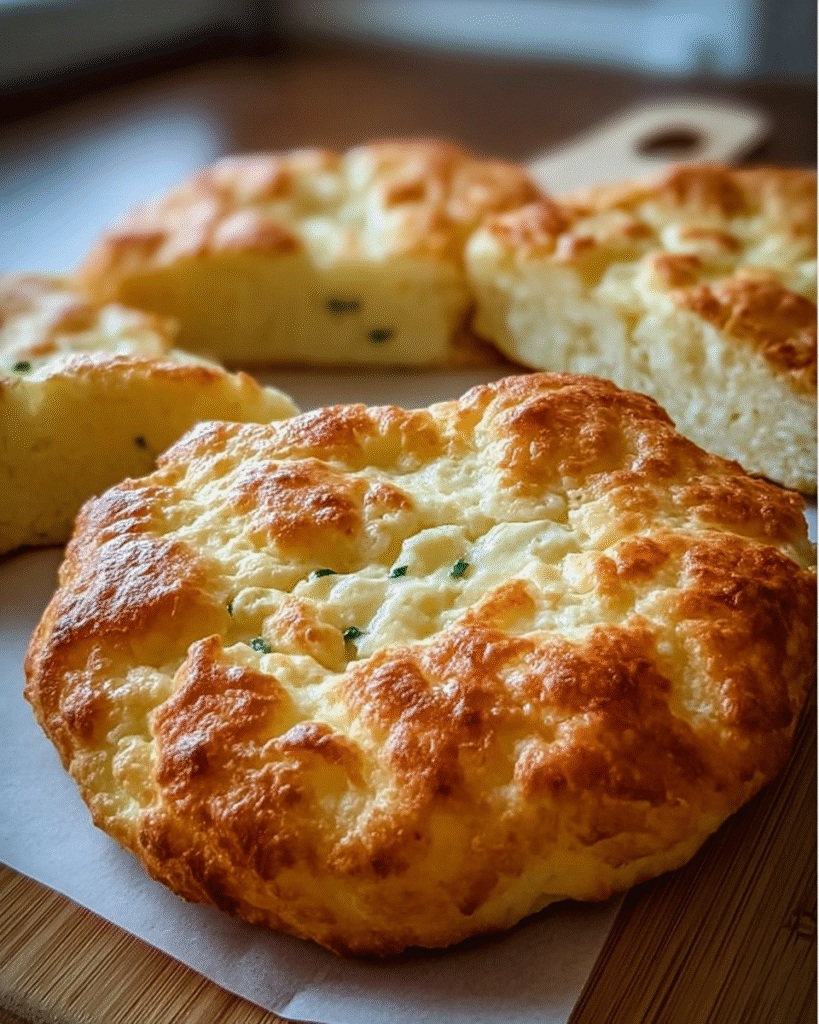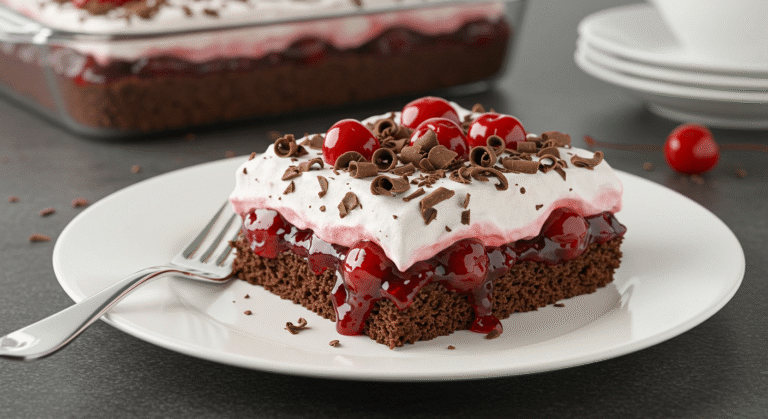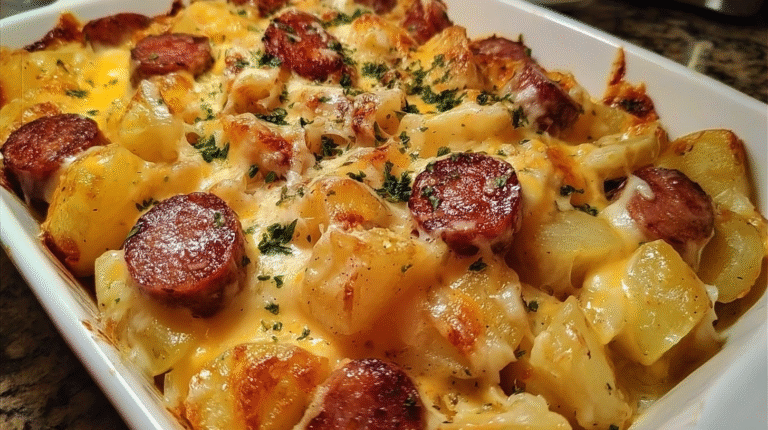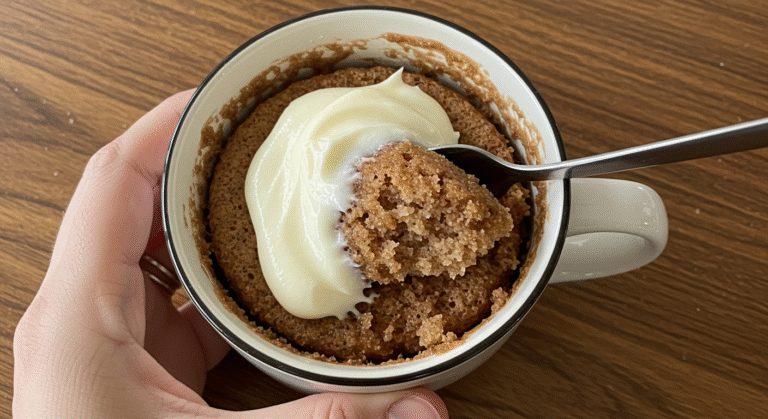Cottage Cheese: The Creamy, Protein-Packed Superfood
Cottage cheese has quietly made a comeback—and for good reason. Once seen as a retro diet food, it’s now a go-to ingredient for health-conscious eaters, protein lovers, low-carb cooks, and creative home chefs alike. Soft, creamy, mild in flavor, and endlessly versatile, cottage cheese is more than just a side dish on a 1970s lunch plate. It’s a nutrition powerhouse that works across meals—whether you’re spooning it into pancakes, blending it into dips, or enjoying it plain with fruit and honey.
Its high protein content, low calorie count, and mild taste make it a blank canvas for both sweet and savory creations. Whether you’re on a muscle-building meal plan, cutting carbs, or just want something fresh, filling, and fast—cottage cheese deserves a permanent spot in your fridge.
Why You’ll Love Cottage Cheese
- High in Protein: One cup packs over 25 grams of protein, making it ideal for breakfast, snacks, or post-workout fuel.
- Low in Calories and Carbs: Great for low-calorie and low-carb diets, including keto.
- Creamy and Satisfying: Its texture is smooth yet curdy, providing a filling, comforting mouthfeel.
- Mild Flavor: Easily pairs with sweet fruits or savory herbs and spices.
- Super Versatile: Use it in baking, cooking, smoothies, dressings, dips, and more.

What Is Cottage Cheese?
Cottage cheese is a fresh cheese made from curds that are drained but not pressed, keeping some whey to retain moisture. Unlike aged cheeses, it has a short shelf life and a mild, slightly tangy flavor. It comes in different textures—small curd or large curd—and various fat percentages, from non-fat to full-fat.
Types of Cottage Cheese
- Small Curd vs. Large Curd: This refers to the size of the milk curds. Small curd is more uniform and creamy, while large curd has a more distinct texture.
- Fat Content:
- Full-fat (4%): Rich, creamy, and ideal for recipes or eating straight.
- Low-fat (1–2%): Balanced option for those reducing fat.
- Non-fat (0%): Lower in calories but less creamy—best for mixing into other dishes.
- Whipped Cottage Cheese: Smooth and airy, often used in dips or as a creamy spread alternative.
- Dry Curd (Farmer’s Cheese): Curd that has been completely drained of whey. Tangier and drier, often used in baking.
How to Eat Cottage Cheese
Sweet Ideas
- Topped with fresh berries, banana slices, or mango
- Drizzled with honey and sprinkled with cinnamon or nuts
- Blended into a smoothie for added protein
- Mixed with granola or chia seeds for a high-protein breakfast bowl
- Layered in a fruit parfait with jam or preserves
Savory Pairings
- Mixed with sliced cherry tomatoes, cucumber, olive oil, and black pepper
- Spread on toast or rice cakes and topped with avocado
- Used in scrambled eggs or omelets for a creamy texture
- Stirred into pasta or cooked grains for a high-protein base
- Served as a dip base with herbs, garlic, and lemon juice
Cooking with Cottage Cheese
- In Baking: Substitute for part of the butter or oil in muffins, pancakes, or breads for added moisture and protein.
- In Lasagna: A great alternative to ricotta—milder, and just as creamy.
- In Sauces: Blend into Alfredo or cheese sauces for a lower-fat creamy base.
- In Cheesecakes: Use blended cottage cheese to lighten traditional cheesecake recipes.
- In Stuffings: Mix into stuffed shells, peppers, or manicotti.
Health Benefits
- High-Quality Protein: Contains all essential amino acids.
- Low Glycemic Index: Helps maintain stable blood sugar.
- Supports Muscle Growth: Thanks to casein protein, which digests slowly and supports muscle repair overnight.
- Rich in Calcium and B12: Supports bone health and energy metabolism.
- Gut-Friendly Options: Some brands include probiotics for digestive health.
Nutrition Breakdown (Per 1 Cup, Full-Fat)
- Calories: ~220
- Protein: 25g
- Fat: 10g
- Carbs: 6g
- Calcium: ~15% DV
- Sodium: 800mg (varies by brand)
Tips for Buying and Storing
- Check Labels: Choose brands with minimal ingredients (milk, cream, cultures, salt). Avoid added gums or sweeteners if you prefer clean eating.
- Watch the Salt: Some brands can be high in sodium—look for low-sodium versions if needed.
- Storage: Keep refrigerated and use within 7–10 days of opening.
- Use By Date: Best consumed by the printed date, but can last a few days longer if kept cold.

Fun and Creative Recipes Using Cottage Cheese
- Cottage Cheese Pancakes: Blend with eggs and oats for high-protein, flourless pancakes.
- Cottage Cheese Toast: Whip and spread on toast, topped with fruit or savory fixings.
- Protein-Packed Smoothies: Blend with frozen banana, cocoa powder, and almond milk.
- Healthy Cheesecake Dip: Mix with Greek yogurt, honey, and vanilla for a dessert dip.
- Baked Pasta Casserole: Swap ricotta with cottage cheese in baked ziti or pasta bakes.
FAQs
Is cottage cheese the same as ricotta?
No—ricotta is finer, creamier, and typically used in Italian cooking. Cottage cheese has visible curds and a slightly tangier taste.
Is it good for weight loss?
Yes! It’s low in calories, high in protein, and keeps you full longer.
Can I freeze cottage cheese?
Technically yes, but the texture may separate. Best used in cooked dishes after freezing.
Is cottage cheese safe during pregnancy?
Yes, as long as it’s made from pasteurized milk (most store-bought varieties are).
Can lactose-intolerant people eat cottage cheese?
Some brands offer lactose-free versions. Otherwise, small amounts may be tolerable depending on sensitivity.
Conclusion
Cottage cheese is one of the most underrated yet incredibly versatile ingredients in the kitchen. Whether you’re focused on nutrition, experimenting in the kitchen, or just want a filling, delicious snack—this creamy curd has you covered. With so many ways to enjoy it, from breakfast to dinner, sweet to savory, it’s time to give cottage cheese the spotlight it deserves. Grab a spoon or a blender and get creative—you’ll be amazed at how much this humble ingredient can do.







